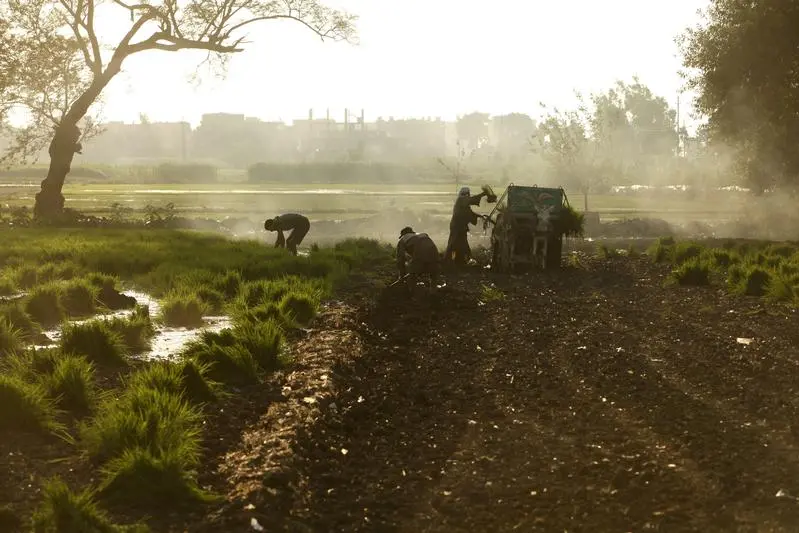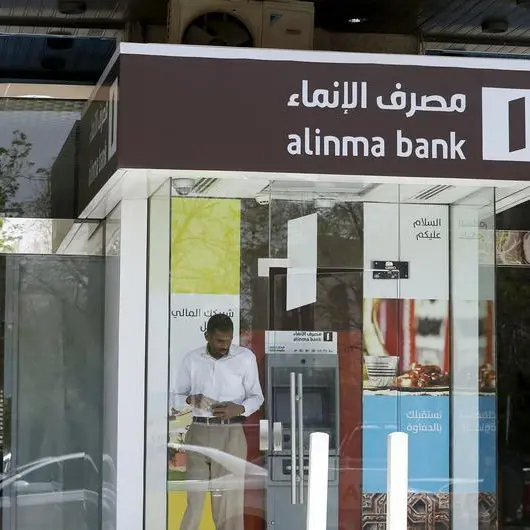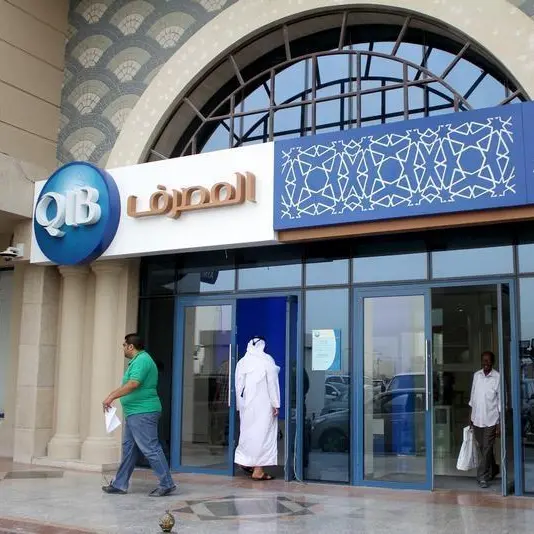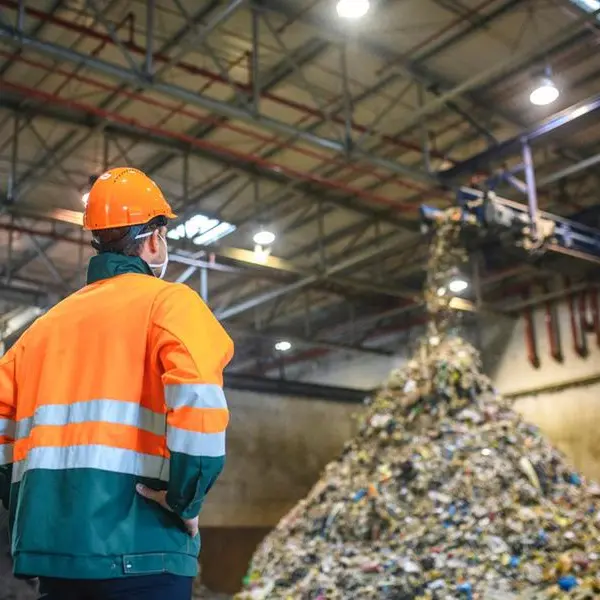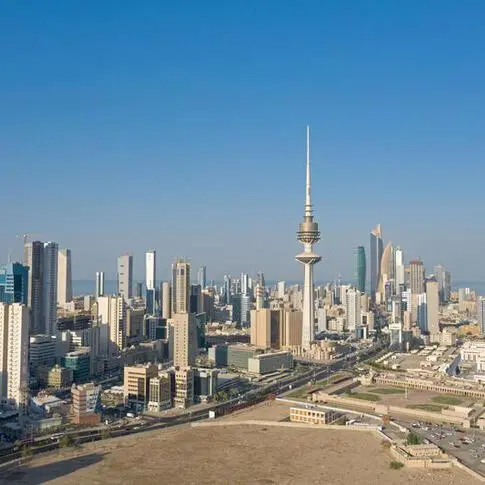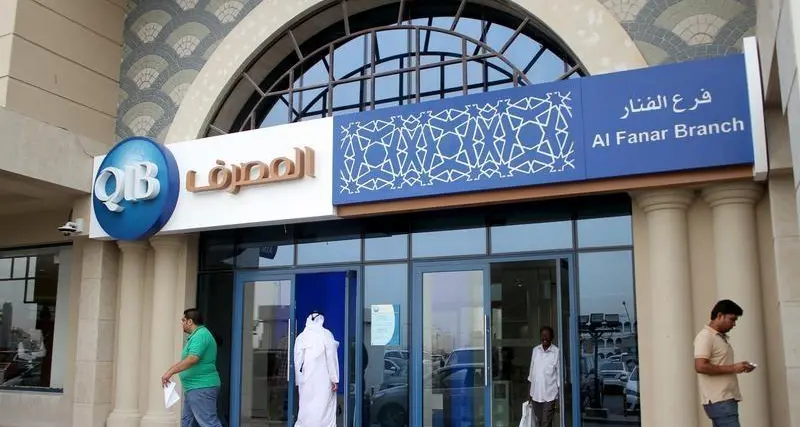PHOTO
Microfinance loans to companies in the agriculture sector increased by 72% year-on-year (y-o-y) during the first half of 2018, totalling LE1.2bn ($67m), according to the Egyptian Financial Regulatory Authority.
The number of recipients of loans increased by 35% to 322,000 people, the highest rise in all sectors for this type of finance.
This increase in funding for agriculture SMEs came as the overall amount of microfinance issued jumped by 76% y-o-y to LE9.75bn ($544.4m) over the period.
SMEs targeted in nationwide development strategy
The boom follows the January 2016 launch of a LE200bn ($11.2bn) programme designed to boost financing to micro-, small and medium-sized enterprises (MSMEs) in all sectors of the economy.
Supervised by the Central Bank of Egypt (CBE), the initiative requires banks to allocate 20% of their loan portfolios to MSME projects by 2020, with interest rates ranging from 5% to 12% depending on the type and size of activity. In return, a guarantee is provided by the CBE.
The scheme aims to boost local industrialisation, reduce the volume of imports and stimulate job growth. By the end of 2017, Egyptian banks had provided 62,000 SMEs with LE68bn ($3.8bn) in financing, according to official data.
These broader efforts are also being mirrored by SME-focused attempts to boost production and development in the agricultural sector.
In late August the Agricultural Bank of Egypt (ABE) announced that it was looking to raise its SME portfolio – which represents 75% of the bank’s loans – from LE25bn ($1.4bn) currently to LE40bn ($2.2bn) by mid-2019.
This followed the signing of a LE220m ($12.3m) contract with the Micro, Small and Medium Enterprise Development Authority (SMEDA) last year to fund 2200 agricultural and livestock projects. The plan is expected to create some 4600 jobs, and builds on the LE395m ($22m) in projects announced by the institutions between June 2016 and August last year.
Fruit and vegetables drive growth in agricultural exports
These initiatives come amid growth in Egypt’s agricultural exports this season.
Shipments of agricultural products rose by 13% y-o-y between September 2017 and April, reaching 3.2m tonnes, Egypt’s Agricultural Export Council reported in June.
The value of exports rose by 4% to $1.6bn over the period, with 40% of shipments going to Arab countries, followed by the EU (20.4%) and European countries outside the EU (17.3%).
These improvements come as stakeholders look to promote the growth and quality of high-value crops suited to the domestic climate – including palm dates, citrus fruits, orange and table grapes.
“The focus for crop production is on fresh fruits and vegetables, particularly those that are in demand in the exporting markets where the Egyptian climate is an advantage,” Ahmed El Ayouty, chairman of Nile Agro Industries, told OBG.
$12bn investment plan for the agriculture sector
As part of efforts to revitalise the agriculture industry and boost exports, in August the government announced plans to invest LE217bn ($12.1bn) in the sector over the 2018-22 period.
Agriculture is already a key contributor to the economy, with sector value-added accounting for 12% of GDP and 26% of employment in 2015, according to the World Bank.
Planned investments are expected to improve the use of land and water resources, expand the surface of agricultural land, boost output by 3.6% annually and ensure the competitiveness of exports, Hala el-Saeed, the minister of planning, said in late-August.
Meanwhile, industry figures say the development of downstream and processing facilities will provide the agricultural sector with greater growth opportunities.
“For fresh products, timing is key, but by investing in the food industry it is possible to increase longevity of a product and create additional value,” El Ayouty told OBG. “This is important when exporting to markets in Africa, where the logistics contribute significantly to the total shipping time.”
Shipments of processed foods – including pickled olives, fruit juices and chocolate – reached $1.4bn in the first half of the year, with the biggest exports being frozen vegetables and soft drinks, according to data published in August by the Export Council for Food Industries.
The government is also seeking to create job opportunities and improve living standards in rural areas where agriculture provides employment to more than 70% of the population.
“For some crops, investment can help to build downstream industries. The amount of cotton production in Egypt has decreased significantly since its height; however, a concerted effort from both the government and private sector is under way to boost both the quality and quantity of Egyptian cotton, and to support the manufacture of fabrics and ready-made garments,” Fadel Marzouk, CEO of garments exporter Giza Spinning and Weaving, told OBG.
© Oxford Business Group 2018